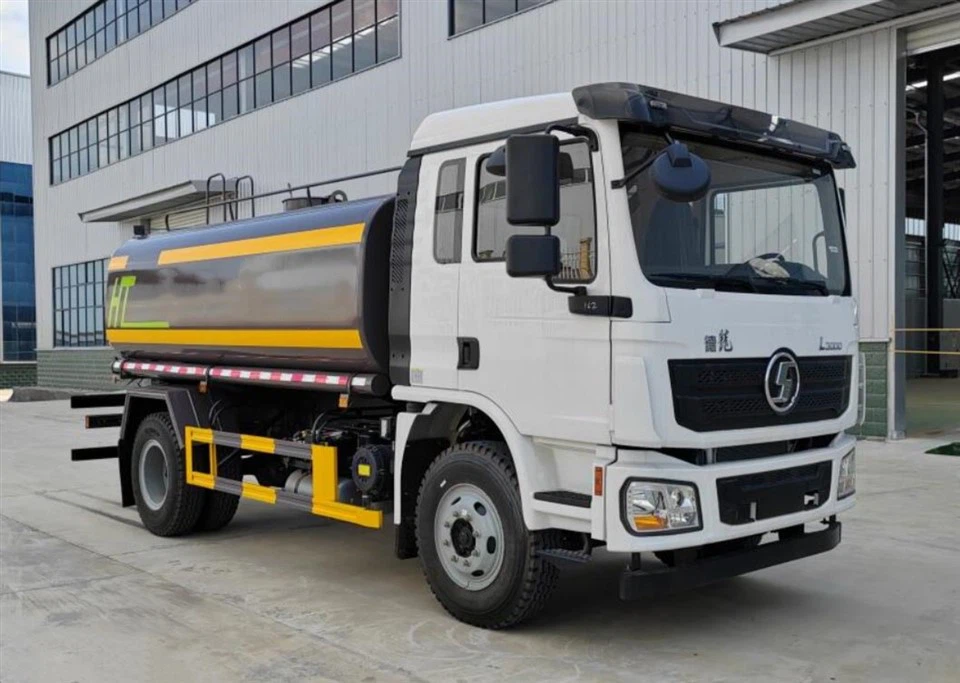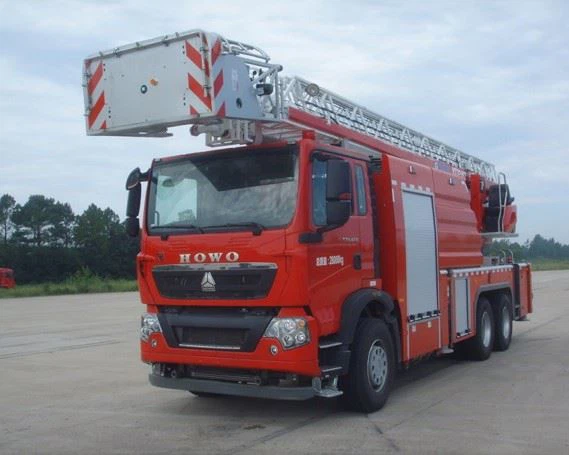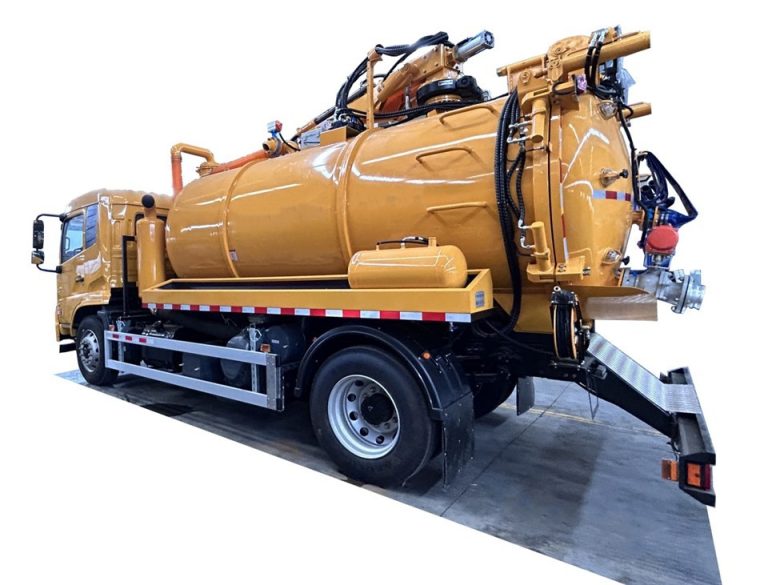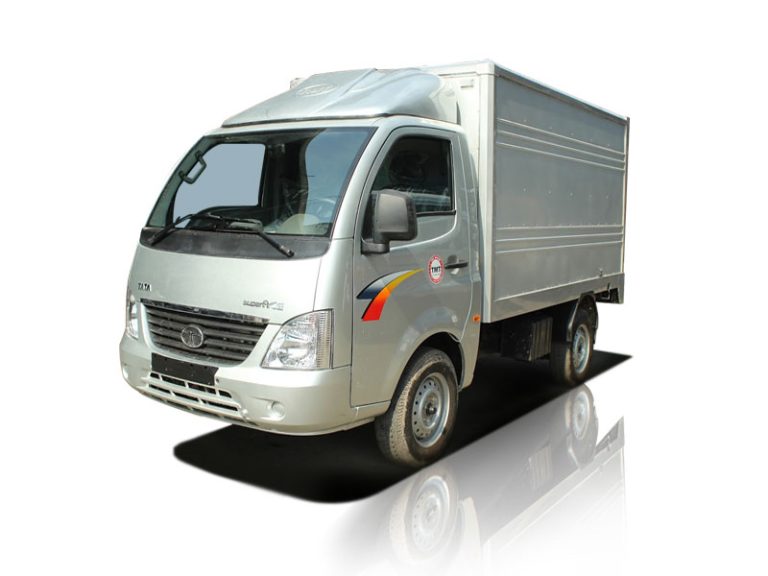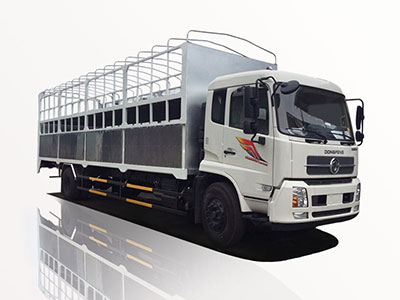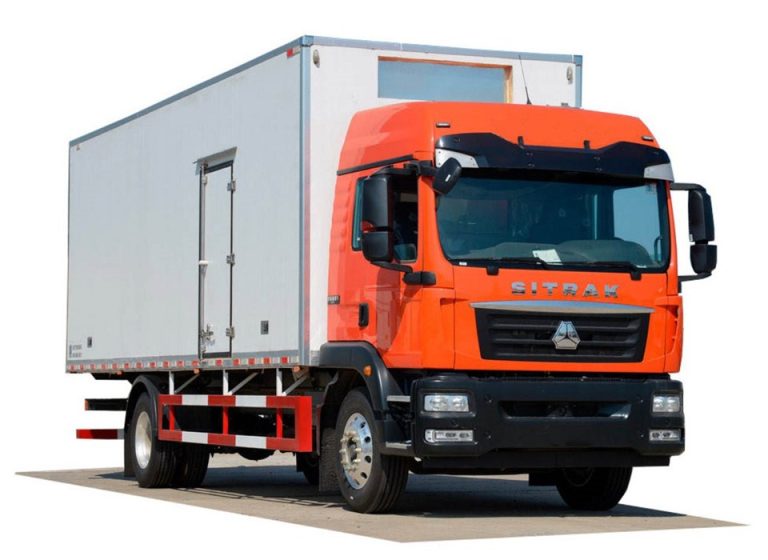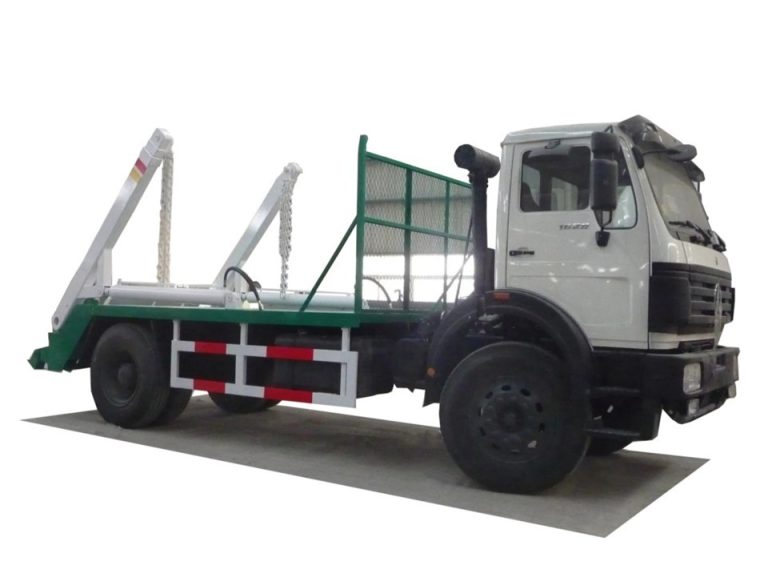Street sweeper vehicles play a crucial role in maintaining urban cleanliness and infrastructure. These specialized vehicles are designed to remove dirt, debris, and litter from streets, parking lots, and other paved areas. With various types, features, and technologies, understanding street sweepers can help you appreciate their importance in urban management and maintenance.
What is a Street Sweeper Vehicle?
A street sweeper vehicle is a specialized machine utilized for cleaning streets and public spaces. Street sweepers gather debris from road surfaces and store it in a tank for later disposal. They can be seen, especially in urban settings, working to keep environments tidy, reducing pollution, and improving the aesthetic appearance of neighborhoods.
Types of Street Sweeper Vehicles
There are several types of street sweeper vehicles, each designed for specific tasks and environments. Understanding these types can help city planners and maintenance personnel choose the right equipment for the job.
1. Mechanical Broom Sweepers
Mechanical broom sweepers use rotating bristles or brushes that sweep debris into a hopper. They are efficient and cost-effective for basic street cleaning. Their simple design makes them popular for routine maintenance.
2. Vacuum Sweepers
Vacuum sweepers operate using a strong suction system that sucks debris directly into a collection tank. They are effective for cleaning fine particles, such as dust and sand, and are often used in sensitive environments or areas requiring thorough cleaning.
3. Regenerative Air Sweepers
These sweepers combine suction and air technology, blowing air into the street while creating a vacuum to collect debris. Regenerative air sweepers are effective for removing dirt without causing too much disturbance to the road surface.
4. Combination Sweepers
Combining features of both vacuum and broom sweepers, these vehicles provide versatility by using both sweeping and vacuuming methods. They are ideal for diverse surfaces and debris types and are popular in urban management.
Key Features of Street Sweeper Vehicles
Street sweepers come equipped with various features that enhance their efficiency and usability. When choosing a street sweeper, it’s essential to understand these features.
1. Engine Type
The type of engine can significantly affect the sweeper’s performance. Most modern street sweepers utilize diesel engines for their power, while electric options are gaining popularity due to their lower emissions.
2. Sweeping Mechanism
The effectiveness of debris collection depends largely on the sweeping mechanism utilized. Whether it’s a broom, suction, or combination system, the choice matters based on the debris type and environment.
3. Tank Capacity
Street sweepers come with various tank capacities, affecting how much waste they can gather before requiring disposal. Larger tanks are beneficial for extensive cleaning tasks, while smaller models are suitable for tighter spaces.
4. Noise Levels
As urban areas often have noise regulations, street sweeper vehicles designed with noise reduction technology can operate during off-peak hours without disturbing residents.
5. Maneuverability
The size and design of the sweeper impact its ability to navigate through narrow streets, parking lots, and other confined spaces. Compact models enable thorough cleaning in challenging environments.
Environmental Impact of Street Sweepers
Street sweeper vehicles play an essential role in promoting environmental health by reducing litter and pollutants on urban roadways. They contribute to cleaner water sources and improved air quality by collecting debris before it can wash into the drainage system.
1. Reducing Water Pollution
By removing leaves, trash, and other debris from streets, sweepers minimize the risk of harmful substances entering the water system during rain. This helps protect aquatic ecosystems.
2. Promoting Air Quality
Regular street cleaning reduces dust and particulate matter in the air, contributing to better air quality, which is crucial for public health, especially in densely populated areas.
3. Waste Management
Street sweepers collect litter that can be sorted and recycled properly, promoting more sustainable waste management practices in urban settings.
Operational Tips for Street Sweeper Vehicles
To maximize the effectiveness and lifespan of street sweeper vehicles, operators should follow practical tips that enhance operational efficiency.
1. Regular Maintenance
Regularly checking and maintaining street sweeper vehicles ensures they operate smoothly. This includes checking fluids, brakes, tires, and the sweeping mechanisms.
2. Optimal Scheduling
Scheduling sweeps during off-peak hours can enhance performance by minimizing traffic interference. Regardless of the type of sweeper, timing impacts efficiency.
3. Operator Training
Proper training ensures that operators can handle the vehicle efficiently, maximizing its capabilities and reducing the likelihood of damage or accidents.
4. Adjusting to Weather Conditions
Weather plays a crucial role in street cleaning operations. Operators should adjust their cleaning techniques based on rain, snow, and other environmental factors that may affect debris accumulation.
Street Sweeper Vehicle Technology Trends
The street cleaning industry continues to evolve with technological advancements. Keeping up with trends helps operators stay informed on the best practices and equipment.
1. Smart Technology Integration
Many modern street sweepers come equipped with GPS and route optimization software, making operations more efficient by minimizing the amount of time spent cleaning.
2. Eco-Friendly Innovations
With an increasing focus on sustainability, manufacturers are developing electric street sweeper vehicles to reduce emissions and noise, making them better suited for densely populated areas.
3. Remote Monitoring Systems
Advanced street sweeping equipment can now be monitored remotely, allowing for real-time troubleshooting and predictive maintenance to prevent downtime.
Cost Considerations for Street Sweeper Vehicles
Investing in street sweeper vehicles involves considering various cost factors, including purchase prices, maintenance, and operational expenses.
1. Initial Purchase Costs
The initial cost of a street sweeper can vary significantly based on the type and features. A mechanical broom sweeper typically costs less than advanced vacuum models.
2. Operational Costs
Fuel, maintenance, and parts replacement contribute to the overall cost. Electric options may have lower operational costs compared to traditional diesel models.
3. Longevity and Resale Value
Investing in a well-built street sweeper can result in a longer lifespan and better resale value. Keeping the vehicle well-maintained contributes to its durability.
FAQ Section
1. How often should streets be swept?
Frequency can vary based on factors such as traffic density, weather, and urban policies. Generally, streets in busy urban areas may require weekly sweeping, while less-trafficked residential areas may need monthly maintenance.
2. Can street sweepers collect all kinds of debris?
While street sweepers are effective for various debris types, very large or heavy items may require manual collection. Each type of sweeper has its strengths, making them suitable for specific debris.
3. Are there any environmentally friendly street sweeper options?
Yes, many manufacturers now produce electric street sweepers and utilize eco-friendly technologies to minimize emissions and noise while maintaining effective cleaning capabilities.
4. What maintenance do street sweepers require?
Regular maintenance includes checking fluid levels, inspecting filters, testing brakes and tires, and ensuring the sweeping mechanisms are in good condition to ensure efficient operation.
5. How does street sweeping benefit communities?
Street sweeping enhances community cleanliness, reduces pollution, contributes to better air and water quality, and improves the aesthetics of neighborhoods, making them more inviting for residents and visitors.
6. Can street sweeper technology be updated?
Yes, many street sweeper vehicles can be retrofitted with new technologies, such as advanced monitoring systems or more efficient engines, to improve performance and efficiency.
